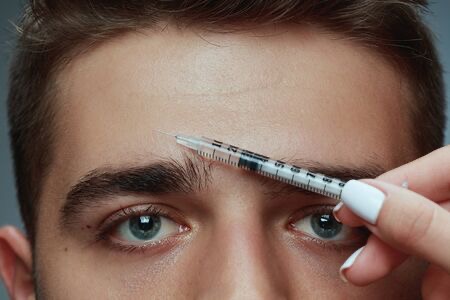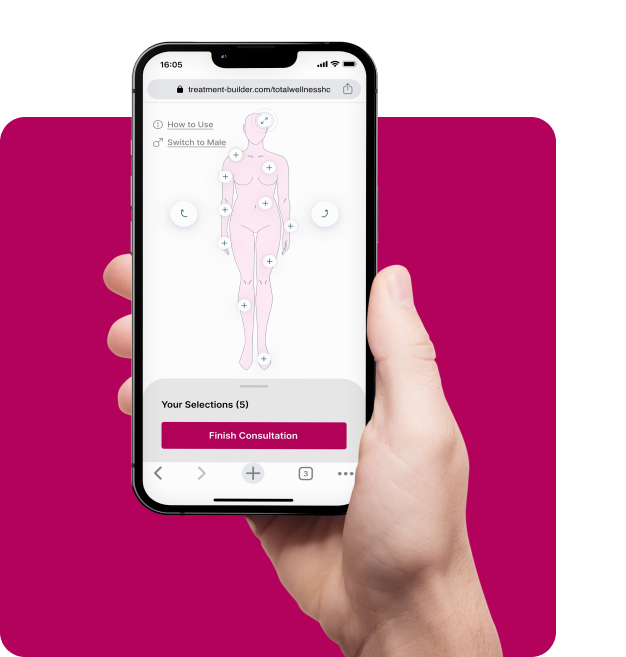
Botox in new canaan
Neuromodulators AKA botulinum toxin or “tox” are a cornerstone of aesthetic medicine, reliably smoothing wrinkles and preventing fine lines for millions of patients. However, proposed U.S. tariffs on imported goods could disrupt this well-established landscape, potentially impacting both practitioners and consumers. Thi
Before exploring the potential effects of these tariffs and tox, it’s crucial to understand the manufacturing origins of commonly used neuromodulators (tox):
- Botox®: Manufactured in Ireland by Allergan Aesthetics (a subsidiary of AbbVie).
- Dysport®: Manufactured in the United Kingdom by Ipsen Biopharm Ltd.
- Xeomin®: Manufactured in Germany by Merz Pharmaceuticals GmbH.
- Jeuveau®: Manufactured in South Korea by Evolus, Inc.
- Daxxify®: Manufactured in the United States, specifically in California, by Revance Therapeutics, Inc.
- Letybo®: Manufactured in South Korea by BENEV, Inc/Hugel, Inc
(Important Note: Daxxify stands apart as the only currently available neuromodulator manufactured in the U.S. It is also distinct in its formulation, utilizing a novel peptide-based protein as its active ingredient for muscle relaxation, rather than the classic botulinum toxin A found in other products.)
Given that the majority of popular neuromodulators are imported, they fall directly within the scope of potential new tariffs under consideration by the U.S. government. These trade policies aim to increase taxes on various pharmaceutical products manufactured outside the United States, including these widely used injectables.
So, when it comes to tariffs and tox – what are the potential ramifications for the aesthetics industry? Let’s delve deeper.
Potential for Increased Treatment Cost of Tox
The imposition of tariffs could lead to a significant increase in the wholesale cost of imported neuromodulators. Aesthetic practices would then face a critical decision: absorb these additional expenses, thereby reducing their profit margins, or pass the increased costs on to their patients. For consumers, this could translate to fewer promotional offers and higher prices for their regular treatments.
This potential price surge could reshape the aesthetics market in several ways:
1. Heightened Barriers for Emerging Practitioners
New injectors, particularly those operating independently or establishing new practices, already contend with substantial initial investments. The prospect of inflated pricing on essential products like neuromodulators could create a prohibitive financial obstacle for some, potentially hindering the launch or growth of their businesses. This could limit opportunities for new providers and potentially restrict patient access to care, especially in less densely populated areas.
2. A Strategic Shift Towards Energy-Based Devices
Experienced aesthetic practitioners might increasingly diversify their service offerings, strategically emphasizing advanced skin rejuvenation procedures that rely on energy-based devices. Technologies such as broadband light (BBL), radiofrequency (RF) microneedling, plasma resurfacing, and various laser therapies are not subject to the proposed tariffs and can provide patients with longer-term skin improvement. As the cost of neuromodulators potentially rises, investing in these devices could become a more financially stable and attractive long-term business strategy for established providers.
3. The Risk of Unsafe and Illicit Practices
Unfortunately, increased economic pressure can sometimes lead to unethical and potentially dangerous behavior. Should prices for legitimate products escalate significantly, some less scrupulous individuals might resort to:
- Excessive Dilution: Diluting neuromodulators beyond scientifically established guidelines in an attempt to extend the use of each vial. This practice can lead to inconsistent and less effective results, as well as a shorter duration of effect.
- Use of Counterfeit or Unregulated Products: Sourcing and administering products that are illegally imported from non-FDA-approved sources. These substances may be ineffective or, more alarmingly, contain harmful contaminants, posing a serious risk to patient safety.
It is crucial for patients to exercise vigilance. Always inquire with your injector about the origin of the products being used, the precise method of unit measurement, and confirmation that they are administering FDA-approved medications.
Proactive Steps for Providers and Patients about Tariffs and Tox
In this period of uncertainty regarding potential policy changes, proactive engagement is essential for both practitioners and patients:
- Providers: Maintain open and transparent communication with your patients regarding any price adjustments. Explore opportunities to broaden your treatment portfolio. Furthermore, consider supporting industry associations that advocate for fair trade policies aimed at preserving patient access to quality care.
- Patients: Be inquisitive and informed consumers. Understand what substances are being injected and the qualifications of the individual administering them. If a price or offer appears suspiciously low, it is wise to exercise extreme caution.
As the potential impact of these tariff proposals unfolds, the aesthetic industry is poised for a period of transition when it comes to tariffs and tox. However, through continued education, unwavering transparency, and a steadfast commitment to patient safety and treatment efficacy, we can collectively navigate this evolving landscape.


